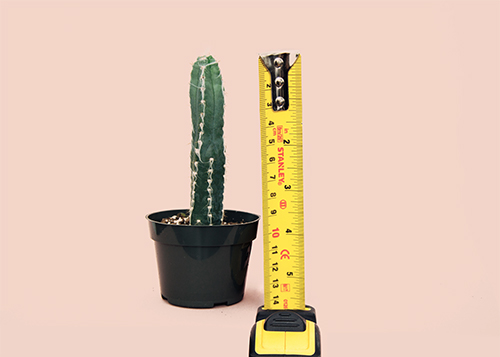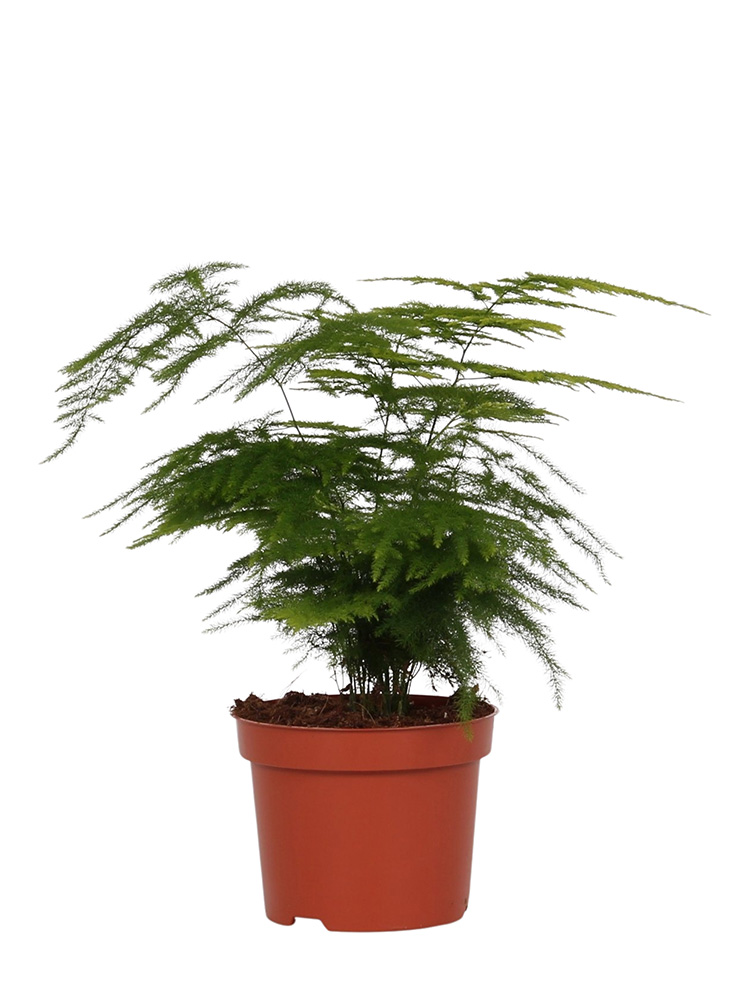
Deliver to
Germany
 English
EnglishDetailed care guides
The height of our plants are measured from the ground to the top.
Please note that the delivery height may vary 10%.

The diameter of our plants is the diameter of the nursery pot. We recommend a decorative pot with a diameter that’s larger.
Plants are natural products and therefore almost certainly differ from product photos. These characteristics make plants extra special and unique. Plants are not exactly the same size as shown.
All orders are shipped with a personal Track & Trace.
| Country | Average delivery time |
| The Netherlands | 2 - 5 business days |
| Belgium | 2 - 5 business days |
| Germany | 3 - 6 business days |
| France | 3 - 6 business days |
| Luxembourg | 3 - 6 business days |
| Austria | 3 - 7 business days |
You have the right to return products within 14 days of receipt without giving any reason.
Please note! Living and perishable products, such as plants, are legally excluded from this right of withdrawal.
Therefore, indoor plants can't be exchanged or returned.
Refunds will be credited back to the original payment method used for the purchase.


Height
28 cm

Potsize
12 cm

Botanical name
Asparagus Setaceus Plumosus

Toxic to pets
Yes
Asparagus plants belong to the Asparagaceae plant species. In Latin, 'setaceus' means hairy, which we can well understand by looking at the plant!
Asparagus plants like a lot of indirect sunlight. If the plant gets too much (direct) light, its leaves can burn. It is therefore good to choose the Asparagus' location with care.
The Asparagus prefers to have a little water every week. It is important that you really only water small amounts, because the Asparagus can store a lot of water in its roots.
| Height (incl. pot) | 28 cm |
|---|---|
| Pot size Ø | 12 cm |
| Decorative pot | With decorative pot options |
| Botanical name | Asparagus Setaceus Plumosus |
| Quantity | 1 |
| Attributes | Air-purifying, Easy to care for, Green, Small |
| Suitable for | Office, Living room, Bedroom |
| Location | Indirect sunlight |
| Watering | Requires water once a week |
| Best location | Grows best with medium light. Can't withstand full sun |
| Plant nutrition | It is best if you add plant nutrition once every 2 weeks during the summer |
| Repotting | After purchase, repotting is not necessary. The plant should then be repotted preferably every 2 years |
| Toxic | Yes |